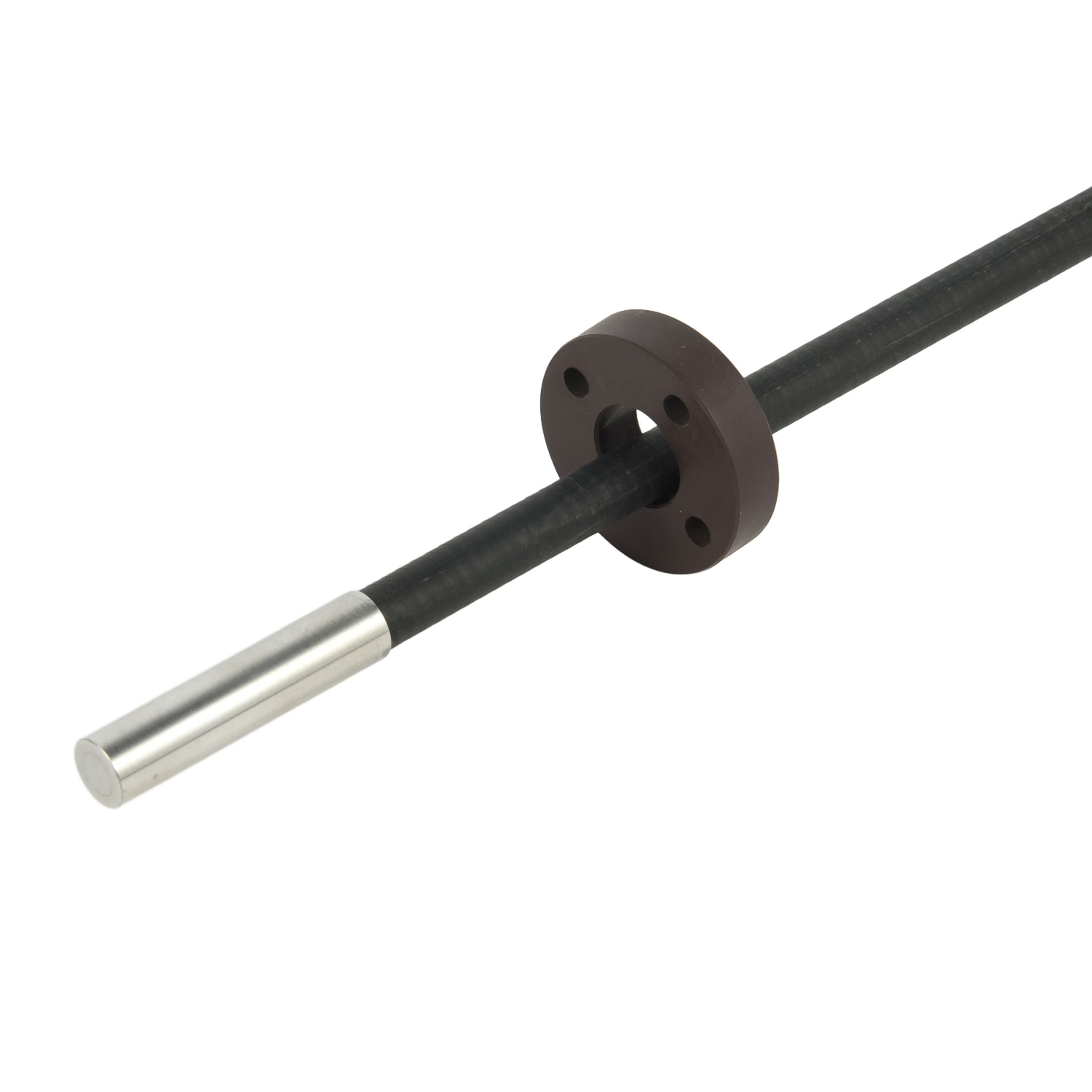How to implement multi-parameter measurement with magnetostrictive sensors?
Introduction to Magnetostrictive Sensing Technology
Magnetostrictive sensors represent a sophisticated class of measurement devices that leverage the magnetostrictive effect—a phenomenon where certain materials change shape or dimension in the presence of a magnetic field. This core principle enables highly precise and reliable measurements, making these sensors indispensable in demanding industrial environments. Unlike conventional sensors, magnetostrictive technology offers non-contact operation, exceptional accuracy, and long-term stability. The ability to measure multiple parameters simultaneously with a single device opens up new possibilities for system integration and data correlation, providing a comprehensive solution for complex monitoring and control tasks across various sectors, from factory automation to hydraulic systems.
Core Principles: How Magnetostriction Enables Multi-Parameter Sensing
The fundamental operation of a magnetostrictive sensor begins with a waveguide, typically a thin wire made of a magnetostrictive material. A current pulse, known as the interrogation pulse, is sent down this waveguide. A permanent magnet is housed within a movable position marker or float. When this magnet's field interacts with the waveguide, it creates a torsional strain wave. This wave travels back along the waveguide at a constant speed of sound specific to the material. A pickup device detects the returning wave. The time interval between sending the current pulse and receiving the strain wave is directly proportional to the distance of the magnet from the sensor head. This precise time-of-flight measurement is the foundation for determining primary parameters like linear position and liquid level with remarkable accuracy.

Primary Parameter: High-Accuracy Position Measurement
The most common application of magnetostrictive sensors is precise linear position measurement. In this configuration, the position marker magnet is attached to the object whose position needs to be tracked, such as a piston inside a hydraulic cylinder. As the piston moves, the magnet moves along the length of the sensor's waveguide rod, which is housed protectively within the cylinder. The sensor electronics continuously calculate the elapsed time between the interrogation pulse and the returning strain wave. Since the wave's velocity is constant, the calculated time provides a direct and highly accurate reading of the magnet's absolute position. This technology is favored in industrial machinery for its robustness, immunity to electrical noise, and ability to provide absolute position data without the need for homing after a power cycle.
Secondary Parameter: Integrated Liquid Level Sensing
A powerful extension of basic position sensing is liquid level measurement. In this implementation, a float containing the permanent magnet is designed to ride on the surface of a liquid inside a tank. The float moves up and down with the changing liquid level. A magnetostrictive sensor is mounted vertically on the tank, with the waveguide extending down into the liquid. The float travels along the outside of a protective tube containing the waveguide. The sensor precisely measures the position of the float, thereby providing a continuous and highly reliable reading of the liquid level. This method is exceptionally accurate for fuels, chemicals, and other liquids, and is often preferred over other technologies due to its lack of moving parts that can wear out.
Expanding Capabilities: Integrating Temperature and Pressure Sensing
To achieve true multi-parameter measurement, modern magnetostrictive sensors can be equipped with additional sensing elements. A common integration involves embedding a high-precision temperature sensor, such as an RTD (Resistance Temperature Detector) or thermocouple, within the sensor's probe or electronics head. This allows for simultaneous monitoring of both position/level and the temperature of the medium. Furthermore, some advanced designs incorporate a pressure sensor at the bottom of the probe. This enables a single instrument to provide a comprehensive data set: liquid level, temperature at various depths, and pressure at the tank's base. This holistic approach eliminates the need for multiple separate devices, simplifying installation, reducing costs, and providing synchronized data for superior process control and diagnostics.
System Integration and Data Output for Industrial Automation
Integrating a multi-parameter magnetostrictive sensor into a control system is straightforward. These sensors typically provide standardized analog outputs (e.g., 4-20 mA, 0-10 V) for each measured parameter, making them compatible with standard PLCs (Programmable Logic Controllers) and SCADA (Supervisory Control and Data Acquisition) systems. Increasingly, digital communication protocols like IO-Link, CANopen, or HART are offered. IO-Link, in particular, is advantageous for multi-parameter sensing as it allows for the transmission of all measured values (position, temperature, pressure), device status information, and parameter configuration data over a single standard 3-wire cable. This digital connectivity facilitates advanced condition monitoring, predictive maintenance, and seamless integration into Industry 4.0 frameworks.
Best Practices for Implementation and Calibration
Successful implementation of a multi-parameter magnetostrictive sensor system requires careful planning. First, select a sensor with an appropriate measurement range and material compatibility (e.g., wetted materials suited for the specific liquid). Proper mechanical installation is critical; the sensor must be mounted securely to avoid vibration-induced errors, and the waveguide must be straight and free from obstructions. For level sensing, ensure the float is correctly sized for the liquid's specific gravity. Calibration is typically simplified through teach-in procedures, where the upper and lower measurement limits are set. For multi-parameter models, each output channel (position, temperature) must be calibrated and scaled independently within the control system to ensure accurate data interpretation and control actions.
Advantages and Applications in Modern Industry
The advantages of using magnetostrictive sensors for multi-parameter measurement are significant. They offer high precision, excellent repeatability, and long-term reliability with minimal maintenance. The ability to measure multiple parameters with one device reduces installation complexity, lowers overall system cost, and minimizes potential failure points. Key applications include: condition monitoring in hydraulic and pneumatic cylinders, precise liquid level and temperature management in chemical processing and storage tanks, and integrated sensing in complex machinery for agriculture, construction, and aerospace. By providing a rich, correlated dataset, these sensors empower engineers to optimize processes, improve product quality, and implement proactive maintenance strategies.
 UpgradingYourLevelMeasurementS
UpgradingYourLevelMeasurementS
 Why are magnetostrictive level
Why are magnetostrictive level
 ComparingMagnetostrictiveandRa
ComparingMagnetostrictiveandRa
 MagnetostrictiveLevelSensorfor
MagnetostrictiveLevelSensorfor
